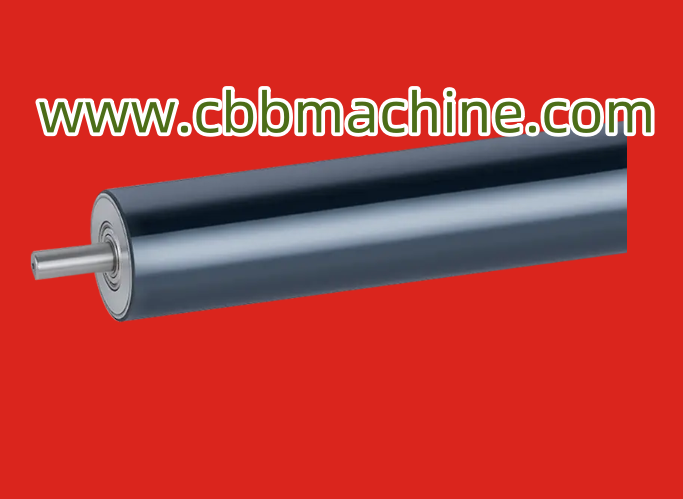Aluminum Roller: A Reliable Component in Precision Manufacturing
Aluminum Roller technology plays a critical role in today’s high-efficiency production environments, offering a combination of strength, lightweight performance, and smooth operation. In industries such as printing, packaging, textile, film processing, and web handling, the demand for durable and precise rollers is growing. Aluminum rollers meet this need by offering stable performance with minimal maintenance.
The use of aluminum in roller construction provides a favorable strength-to-weight ratio, making it ideal for dynamic operations where balance and reduced rotational inertia are important. This helps machines run more efficiently and with less wear on connected parts. Additionally, aluminum rollers resist corrosion, making them suitable for diverse operating conditions and long-term industrial use.
One of the key benefits of aluminum rollers lies in their surface finish. Depending on the application, surfaces can be polished, anodized, or treated for specific friction requirements. For web transport or tension control, this means the roller can help manage the material without causing damage or slipping. This control is vital in high-speed machinery where even minor deviations can lead to significant material waste or operational delays.
Aluminum rollers also contribute to temperature regulation in some systems. Since aluminum is a good thermal conductor, it can dissipate heat effectively, which is important in processes involving heat-sensitive materials or continuous operation. In certain cases, aluminum rollers can be designed with internal features that aid in cooling or heating depending on the process need.
Customization is another important factor for industrial users. Length, diameter, wall thickness, and surface coating can all be adapted to meet specific operational requirements. Some processes may require groove designs, crown shapes, or special bearings. The ability to customize ensures that the aluminum roller functions as an integral part of a larger machine, improving performance across the board.
Lightweight characteristics also reduce energy consumption in automated lines. Lower weight means motors and drives do not need to exert as much force, which contributes to energy savings and reduced mechanical stress. Over time, this leads to lower maintenance costs and more consistent output. For industries focused on efficiency and sustainability, aluminum rollers provide a practical solution.
When selecting an aluminum roller, the quality of construction and material sourcing is essential. Precision balance, concentricity, and dimensional accuracy affect how the roller interacts with web material. Poor-quality rollers can cause vibration, alignment issues, or excessive wear. That’s why working with experienced engineering teams that focus on material testing and manufacturing control is essential.
The integration of aluminum rollers into modern automation systems is increasingly common. From robotic arms to high-speed conveyors and multi-stage presses, these rollers support material movement and handling without interruption. They also contribute to better tension regulation and smoother transitions between machine sections. This flexibility makes aluminum rollers valuable across a wide range of production setups.
Another feature appreciated by machine operators is ease of cleaning and low upkeep. The smooth surface and corrosion resistance of aluminum mean less frequent maintenance and easier visual inspection. This is especially useful in environments with strict hygiene requirements or where equipment must operate for long hours without downtime.
In conclusion, the aluminum roller is a highly functional and adaptable component that supports efficient, reliable, and cost-effective production. With proper design, customization, and quality assurance, it helps streamline machine performance across multiple industries.


